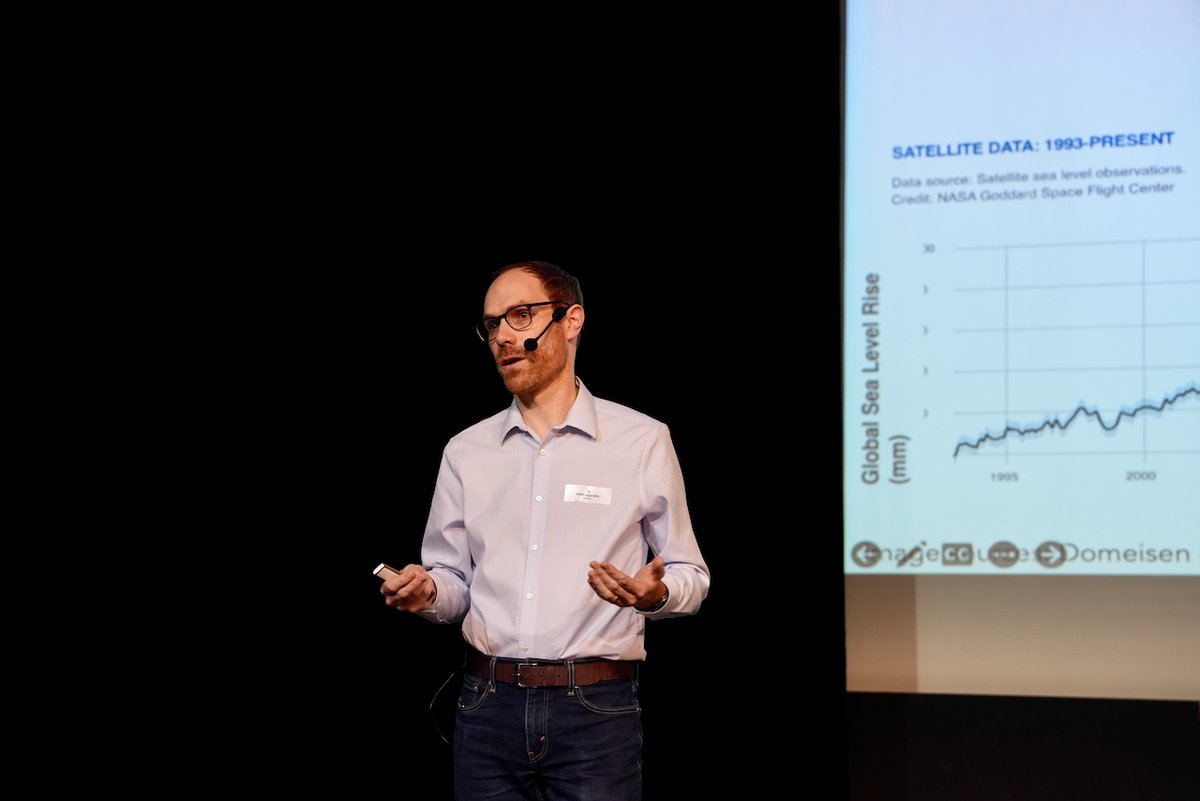
Robert Jnglin Wills
@climateanomaly
Assistant Professor of Climate Dynamics @ETH_en interested in atmosphere-ocean dynamics of climate variability & change. Posting elsewhere
ID: 730494697492381696
https://iacweb.ethz.ch/staff/rjnglin/ 11-05-2016 20:28:02
475 Tweet
1,1K Followers
1,1K Following




Meet our Speaker Robert Jnglin Wills Robert Jnglin Wills D-USYS@ETH at the #SGCD24 and discuss what leads some climate change impacts to be robust and others uncertain. ➡️Register now: proclim.ch/id/EdMcf



Join us next month for a panel discussion on "Can we rule out internal variability as the main driver of recent tropical SST trends?" w/Peter Huybers & Robert Jnglin Wills

"#Climate models have done well, but they also show some biases. It is essential to improve them in order to understand the impact of #GlobalChange on regional weather", explains Robert Jnglin Wills (D-USYS@ETH). Statistical and machine learning methods offer one solution 🌎 #SGCD24




